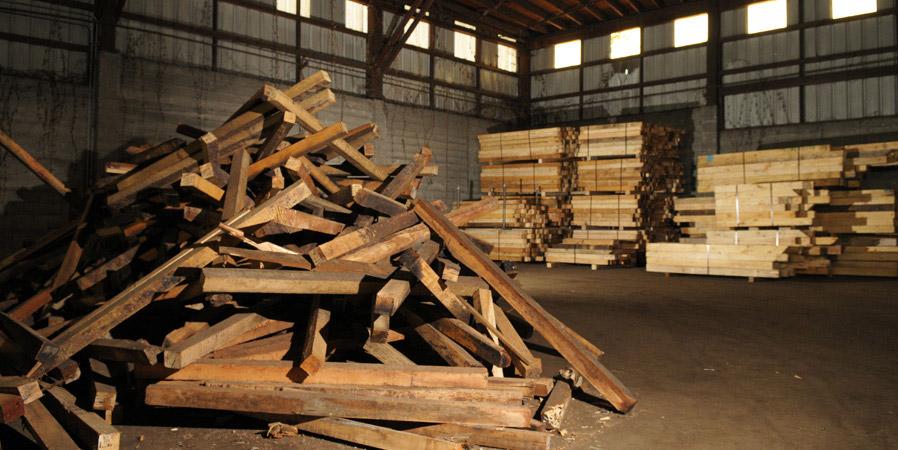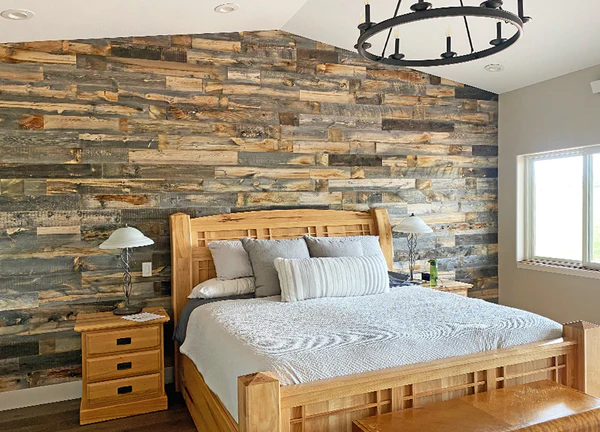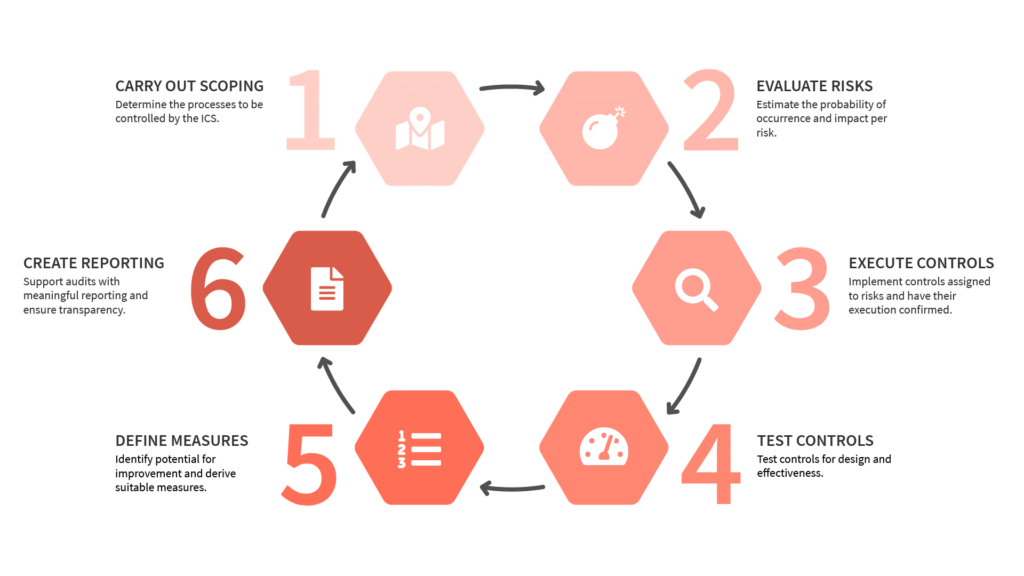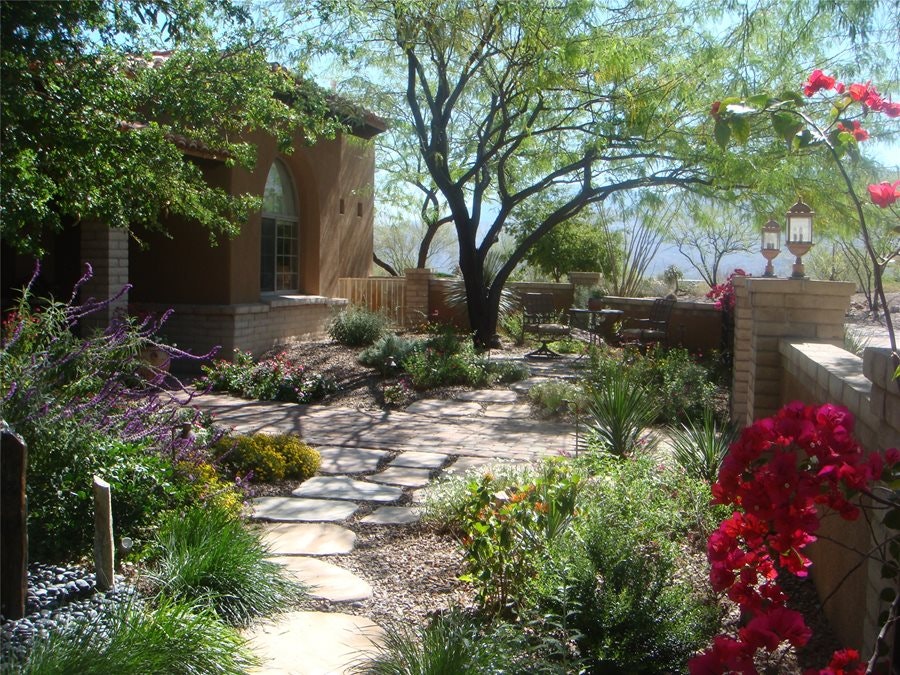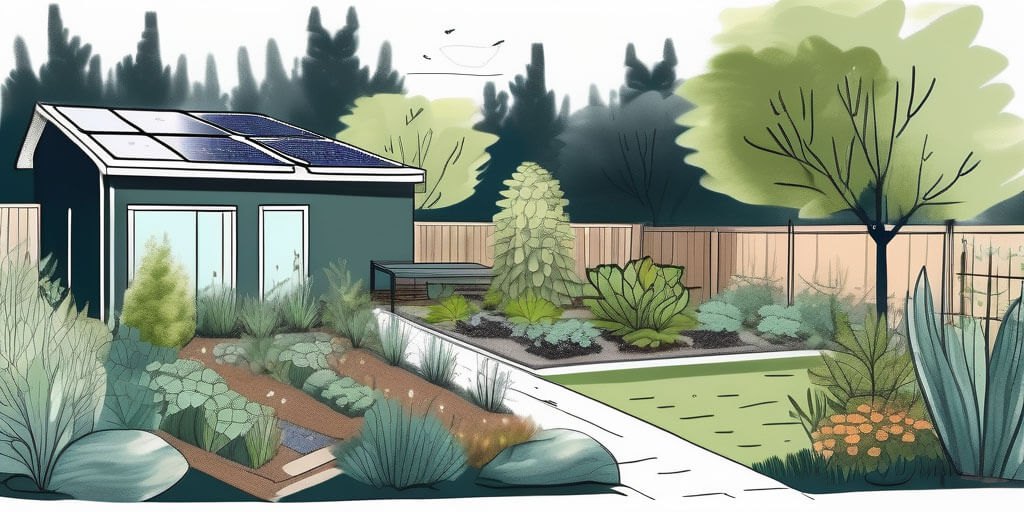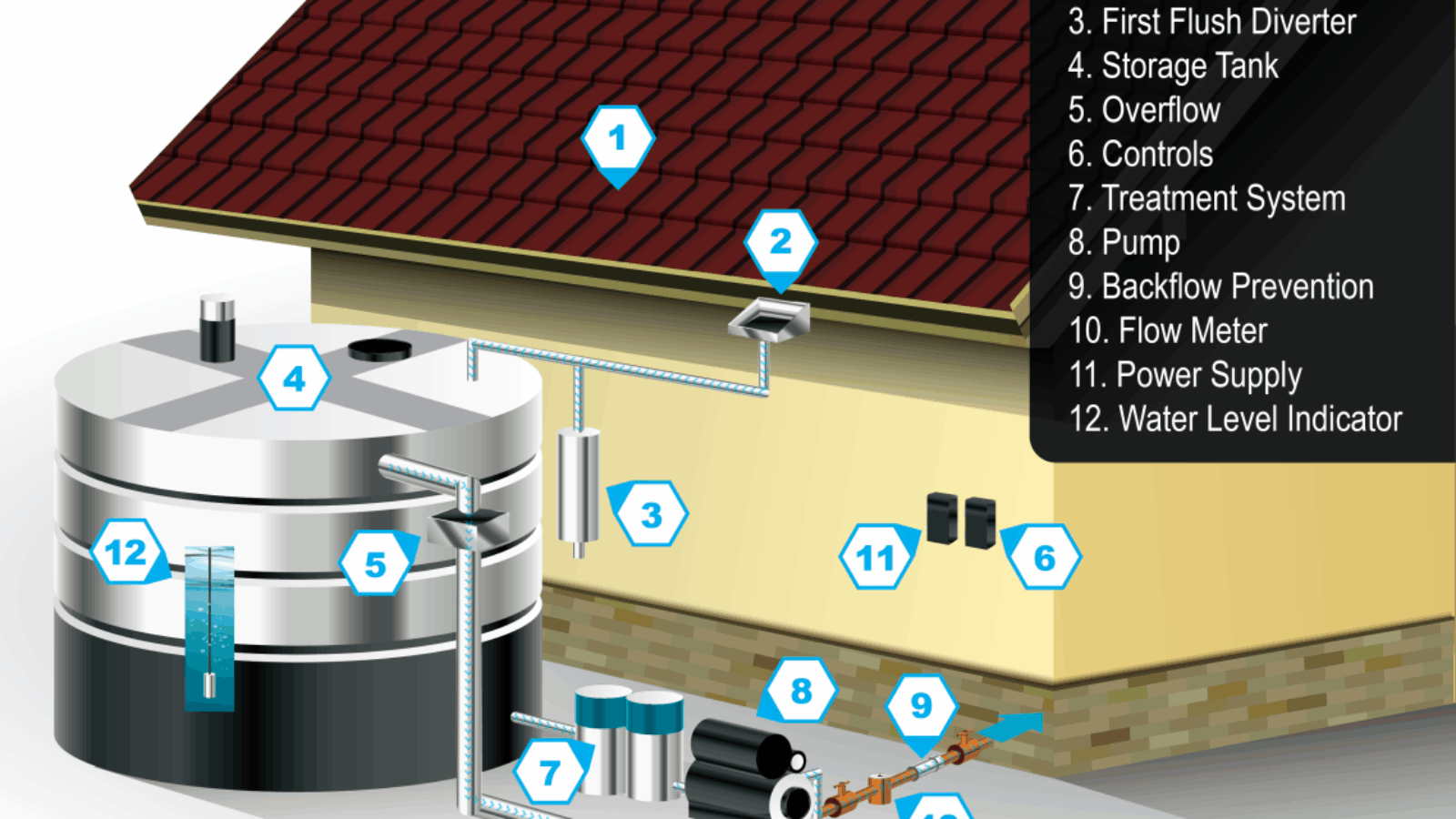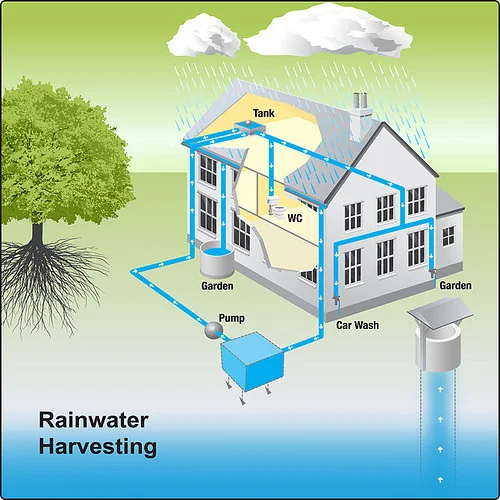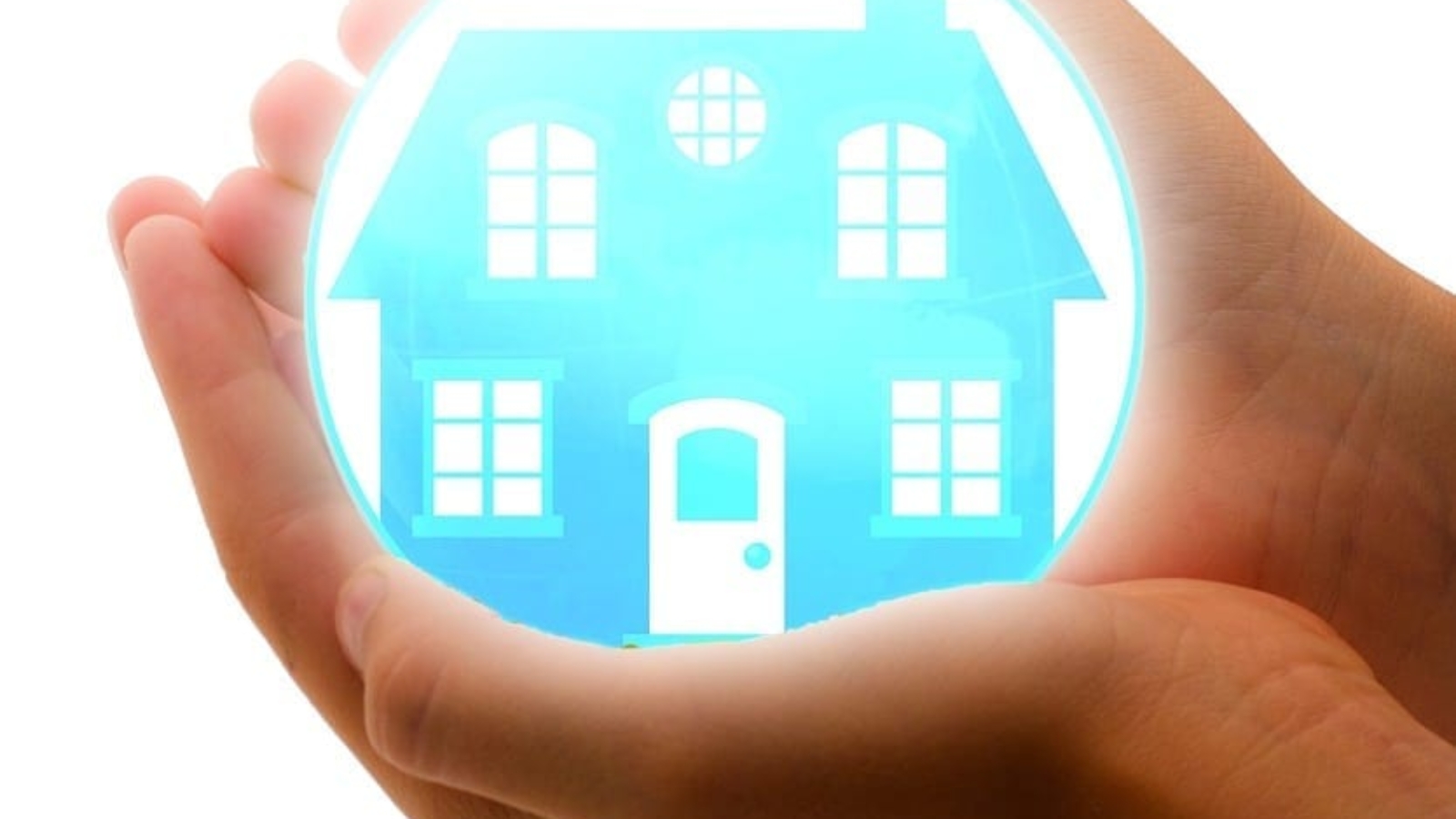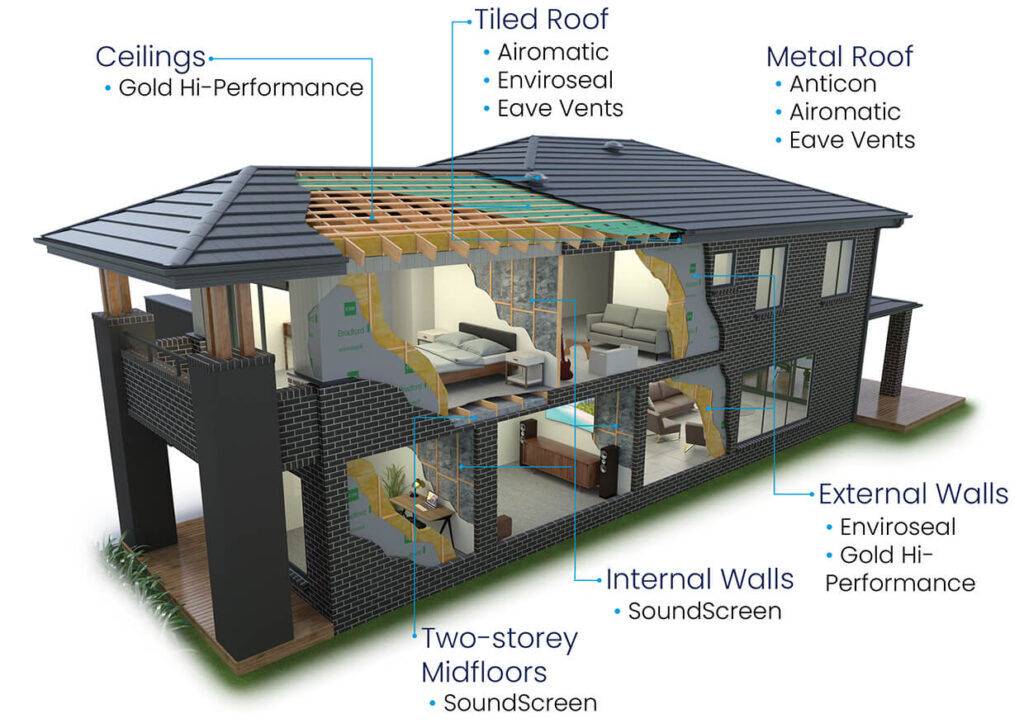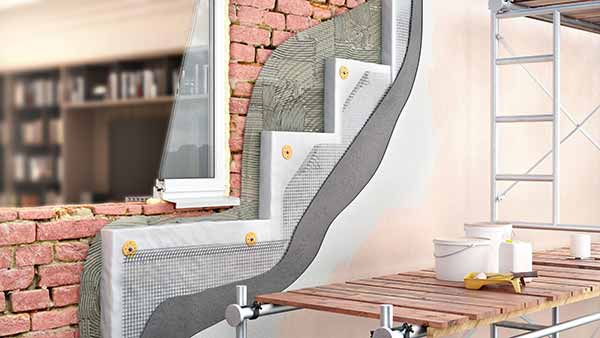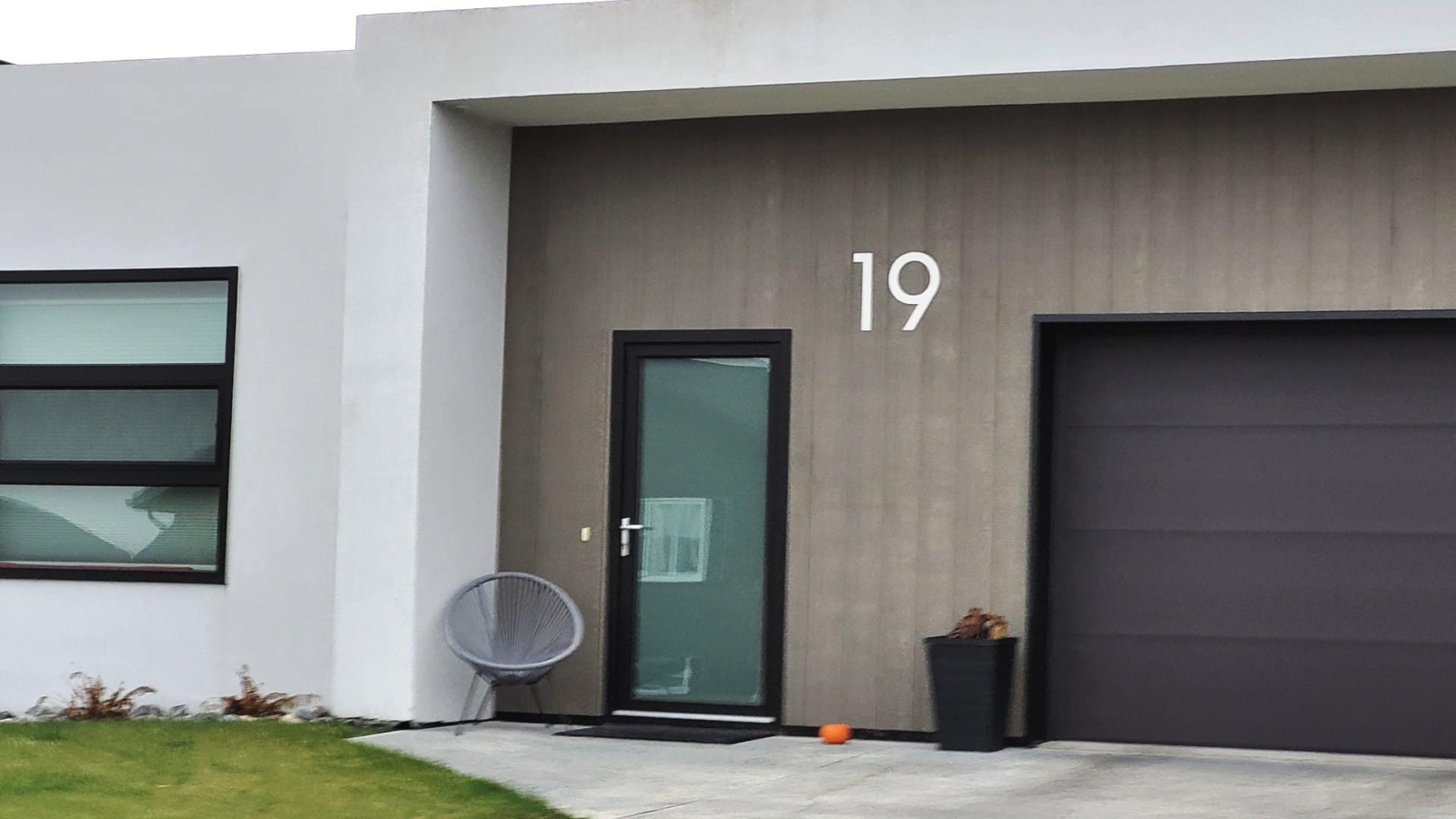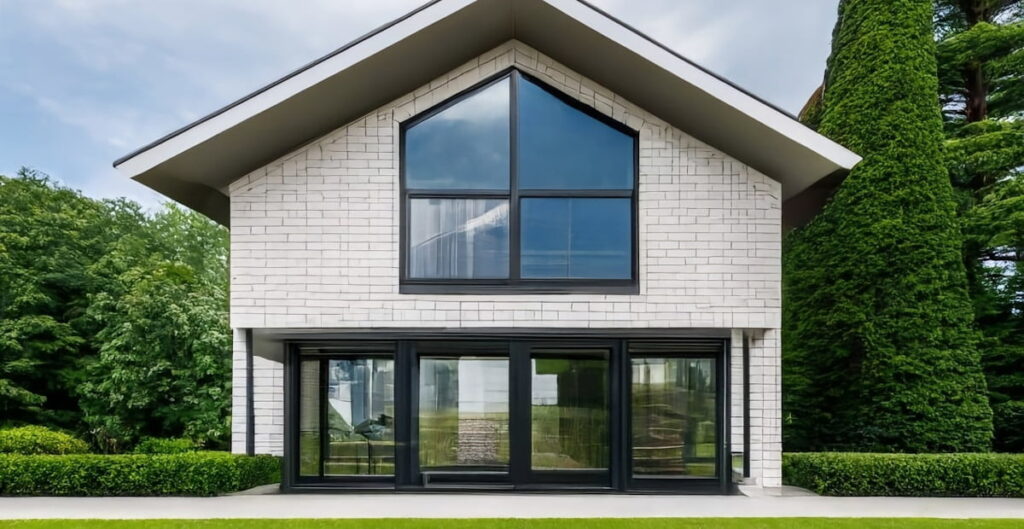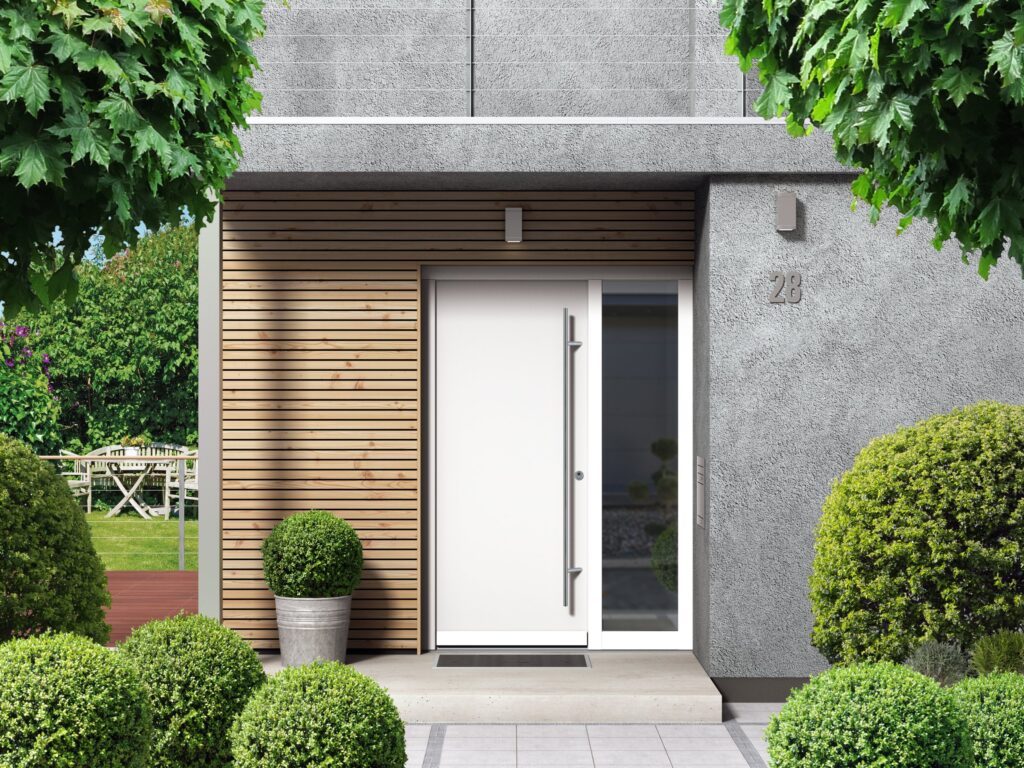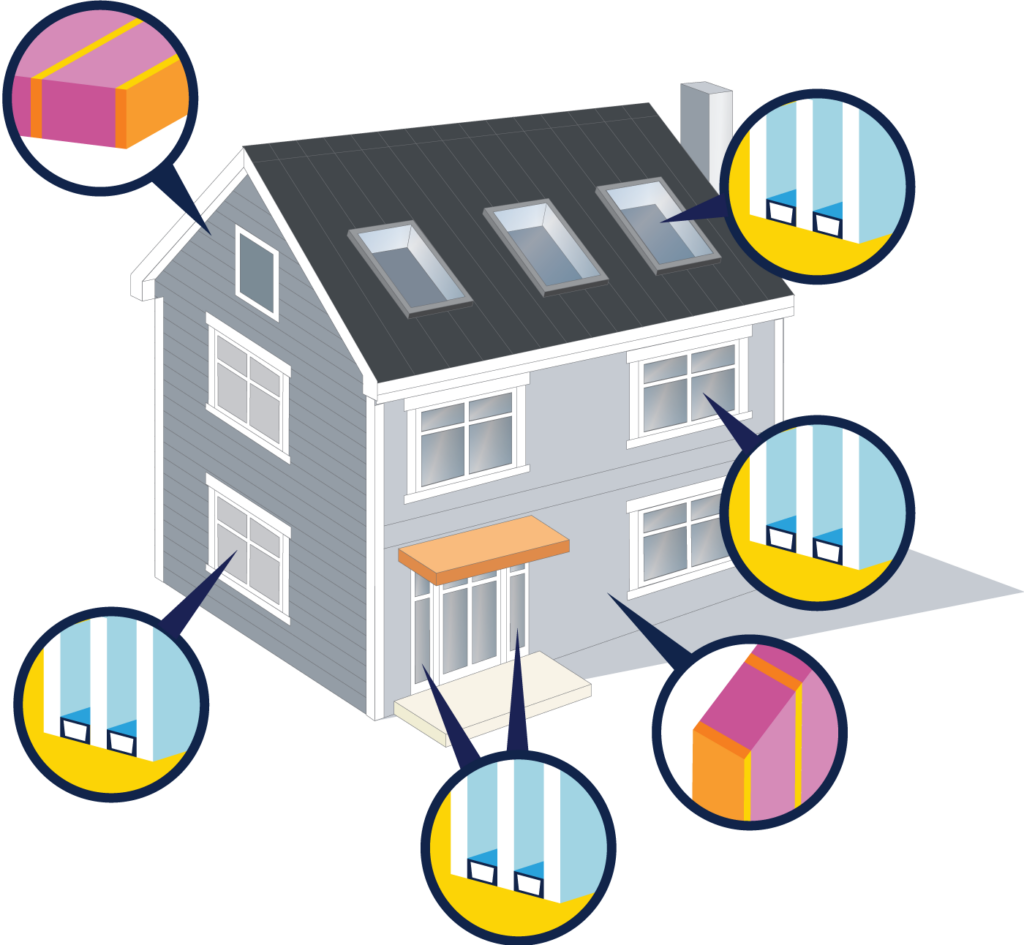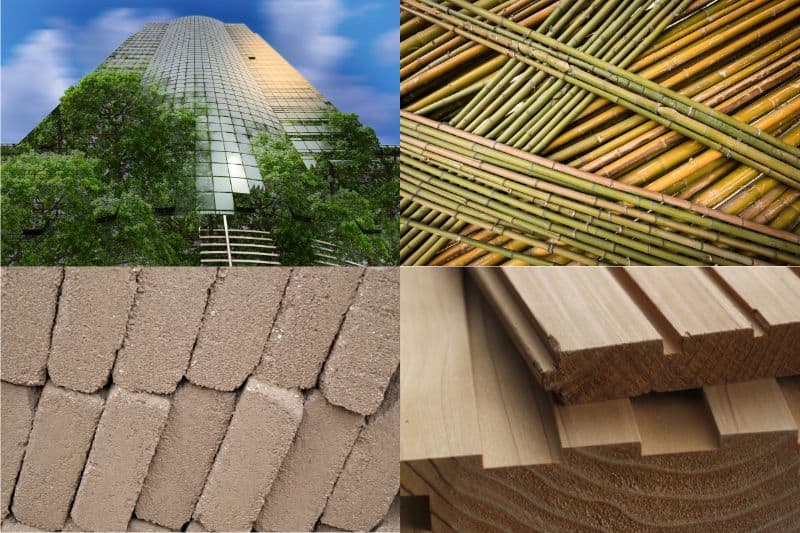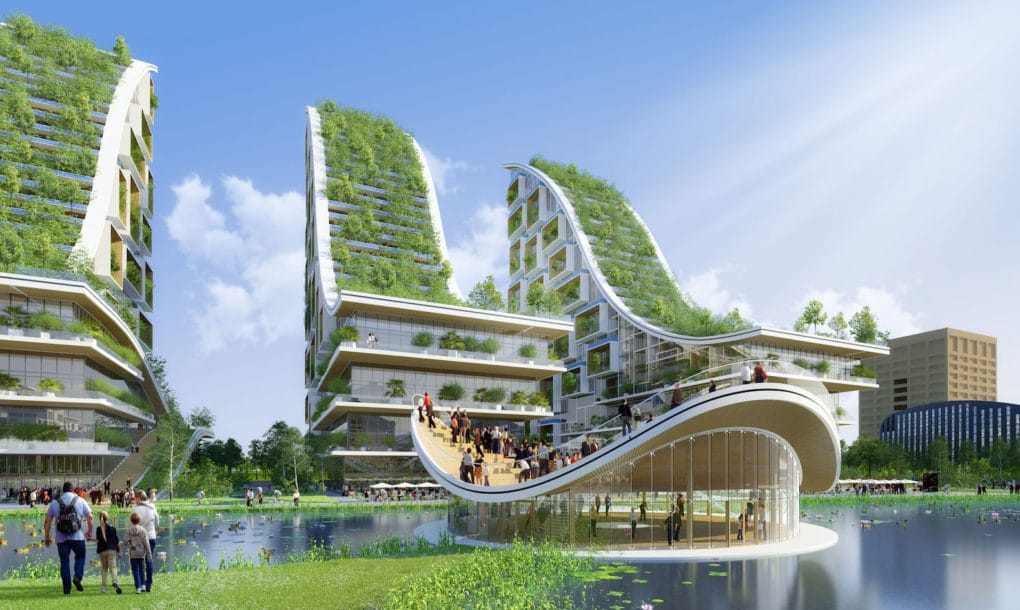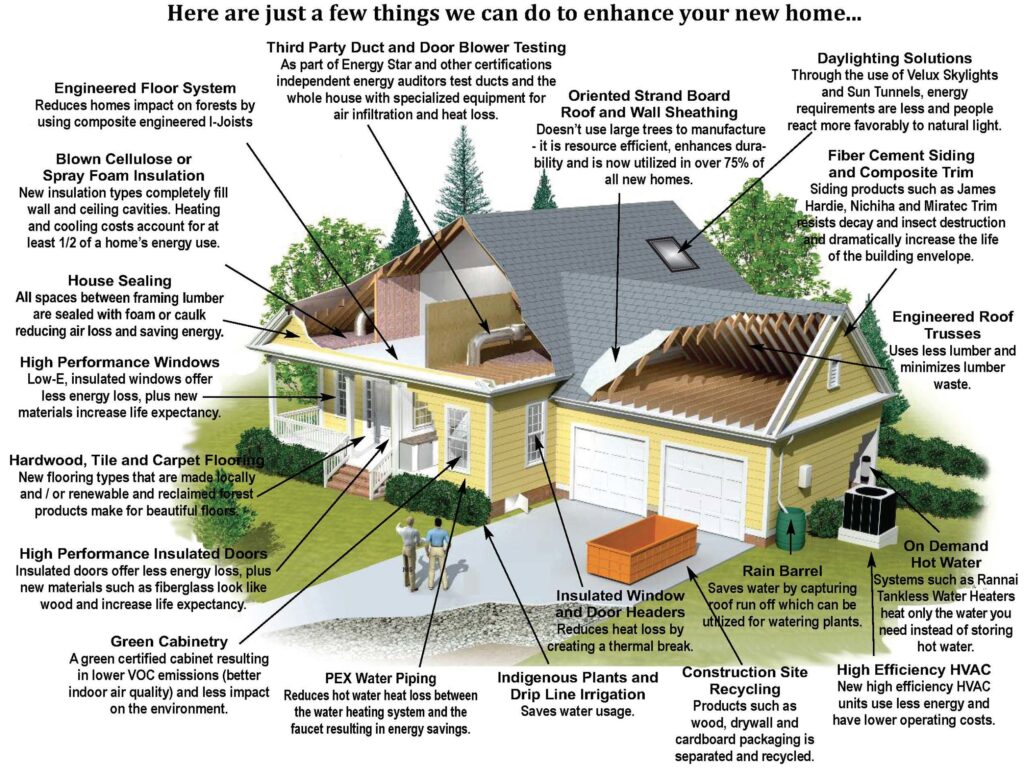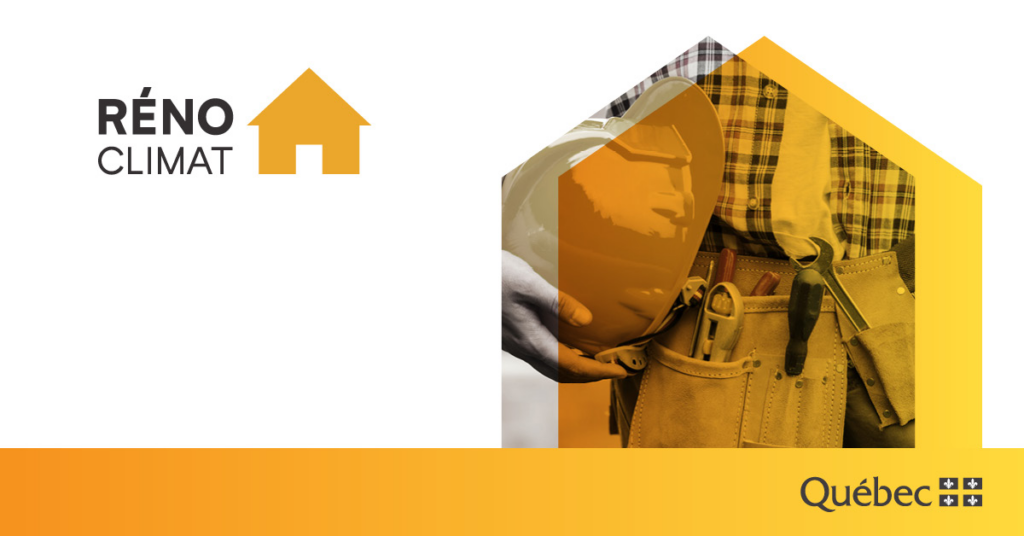n 2025, homeowners are thinking beyond just comfort—they’re aiming for smarter, greener homes that make life easier and more sustainable. Enter smart eco home systems: an intelligent blend of automation and environmentally conscious technology designed to save energy, reduce waste, and improve your home’s performance.
Whether you’re planning a remodel or looking to update a few key areas, smart eco upgrades offer practical ways to cut your utility bills and carbon footprint—all while making your home more connected and comfortable.
What Are Smart Eco Home Systems?
At their core, smart eco home systems merge smart tech with sustainable practices. These systems use sensors, automation, and eco-friendly devices to manage everything from energy use and lighting to water consumption and climate control.
Think of them as the “command center” of a green home—learning your preferences, adjusting automatically, and making your space more efficient with minimal input from you.
Why They’re Worth It
- Lower Energy Bills: Real-time control over heating, cooling, and lighting
- Smaller Environmental Impact: Automated systems help reduce unnecessary consumption
- Comfort Boost: Smart climate and light control respond to your daily habits
- Water Conservation: Smart irrigation and fixtures optimize usage
- Remote Access: Control your home from anywhere via phone or voice assistant
- Property Value Increase: Homes with smart eco tech often appraise higher
Best Smart Eco Home Systems to Consider in 2025
1. AI-Powered Smart Thermostats
Automatically adapt to your schedule, weather, and occupancy to keep your home cozy while saving up to 30% on HVAC energy.
2. Smart Lighting Systems
LED bulbs with motion detection and daylight sensors reduce waste and extend lifespan. Perfect for both ambience and efficiency.
3. Smart Plugs and Energy Monitors
Track energy use at the device level and shut down electronics when idle. A must-have for reducing phantom energy loads.
4. Solar Panel Monitoring + Battery Storage
Get live performance updates on your solar system and manage battery usage during peak hours or outages for maximum savings.
5. Smart Irrigation & Greywater Systems
Irrigation systems that adjust based on weather forecasts and moisture levels. Greywater systems recycle shower or sink water for landscaping.
6. Home Automation Hubs
Control it all—lights, locks, HVAC, plugs—from one place. Compatible with Alexa, Google Home, or Apple HomeKit.
7. Automated Window Treatments
Blinds and shades that adjust automatically based on time of day or indoor temperature, improving comfort and reducing HVAC load.
Comparison Table: At-a-Glance System Breakdown
| System Type | Eco Benefit | Avg. Cost (USD) | Savings Potential | Integration Level |
|---|---|---|---|---|
| Smart Thermostat | Cuts HVAC energy use | $150–$350 | 20–30% HVAC savings | High |
| LED Smart Lighting | Reduces lighting waste | $100–$600 | 30–60% savings | High |
| Energy Monitoring Plugs | Eliminates phantom loads | $50–$200 | 5–10% total savings | Medium |
| Solar + Battery Monitor | Optimizes solar power use | $2,000–$10,000 | Up to 50% energy off | High |
| Smart Irrigation | Minimizes outdoor water waste | $150–$500 | 30–50% water savings | Medium |
| Smart Window Shades | Reduces HVAC strain | $500–$2,500 | 10–15% HVAC savings | Medium |
| Automation Hub | Centralized control for everything | $100–$250 | Varies by system | Essential |
Quick Start Tips
- Begin Small: A smart thermostat or LED lighting is an easy entry point.
- Check Compatibility: Make sure devices work with your chosen ecosystem (Google, Alexa, Apple).
- Go Certified: Look for ENERGY STAR or WaterSense labels for trusted efficiency.
- Automate Your Routine: Set schedules for when lights or HVAC systems turn off/on.
- Explore Incentives: Many cities and utilities offer rebates for installing smart eco systems.
FAQ
Q: Are smart devices always eco-friendly?
Not necessarily. Only devices that reduce energy or water usage are truly eco-friendly—so look beyond the “smart” label and check their function.
Q: Are smart eco upgrades expensive?
Many are affordable and modular. Start with small upgrades and build up. Most pay for themselves in a few years.
Q: Can I retrofit my existing home?
Yes! Most systems are designed for easy DIY or professional retrofit. No full renovation required.
Q: Do I need Wi-Fi for these to work?
Yes, most systems require an internet connection for app control and automation. Some functions, like motion-based lighting, may work offline.
Q: How fast will I see a return on investment?
It depends on your setup, but most homeowners start seeing lower utility bills in 1–3 years.
Final Thoughts
Smart eco home systems are more than a tech trend—they’re the foundation of modern, sustainable living. Whether you’re easing in with a smart plug or going all-in on a fully connected home, these upgrades bring long-term comfort, savings, and peace of mind.
Start where you can and build from there. Every smart choice adds up to a more efficient, greener home.


